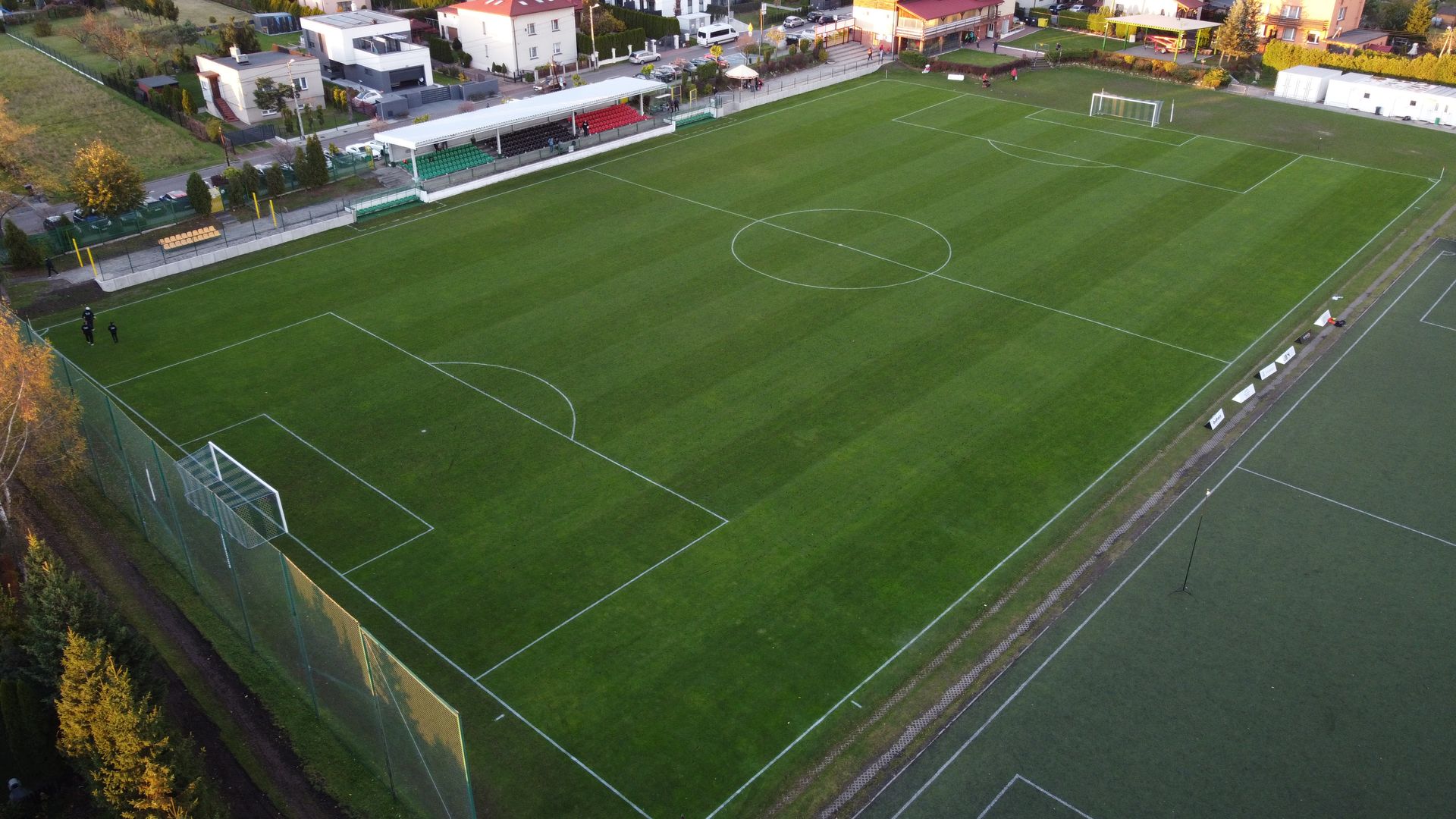Podlesie
6.98

Overview
Podlesie, once an independent village and now a district of Katowice, is an area with a rich history dating back to the 15th century. In the 18th century, wooden buildings predominated, but after a fire in 1806, the village became the first brick settlement in the Pszczyna lands. At the center of Podlesie stands the former Municipal Office building from 1912 and the Church of Our Lady of Częstochowa, constructed between 1920 and 1921. The architectural style of the buildings reflects the historical development of the region, from traditional rural construction to modernism.
Culturally, Podlesie is dynamic; in 1907, a branch of the Silesian Singers Society was established here. The "Południe" Youth Center Branch, opened in 2004, conducts extensive cultural activities. There are also local sports traditions, represented by the LGKS 38 Podlesianka club, one of the oldest in the region. The history of Podlesie is also colorful, with active participation of its residents in the Silesian Uprisings and in cultivating Polish culture.
An interesting fact is that in 1929, Podlesie hosted Poland's central harvest festival, which was attended by high-ranking guests, including the president. Today, Podlesie, with an area of 8.28 km² and home to approximately 6,645 people, is transforming from an agricultural-residential area into a predominantly residential one. It is also worth noting that the area boasts rich natural assets, including the Mleczna River valley, which serves as an important ecological corridor. Podlesie is not just a place to live but also an area that successfully blends history, culture, and modernity.
Location
Tickets
Powered by GetYourGuide
2025 Wizytor | All Rights Reserved